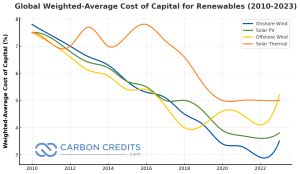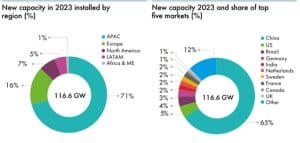The Frontier coalition, comprising companies like Google, Stripe, H&M, and Shopify, has committed $80 million toward innovative carbon removal technologies. This investment supports two pioneering startups that generate carbon removal credits: CO280 and CREW.
Notably, the deal highlights the premium price paid to incentivize innovation:
- CO280: $48 million at $214 per metric ton, securing the removal of 224,500 metric tons of CO₂ between 2028 and 2030.
- CREW Carbon: $32.1 million at $447 per metric ton, capturing 71,878 metric tons of CO₂ using limestone filtration.
While these carbon credit prices far exceed the target of $100 per ton, they reflect the coalition’s strategy to support early-stage technologies and drive costs down over time, ultimately making carbon removal scalable and affordable.
Why Frontier’s Model Matters
If the world continues to take its current path in carbon emissions, achieving the critical 1.5°C temperature limit is impossible.

To avert the worst impacts of climate change, reducing emissions alone won’t suffice. Most climate models emphasize the need to permanently remove gigatons of carbon dioxide already present in the atmosphere and oceans.
While methods like planting trees and soil carbon sequestration help, they are unlikely to scale adequately. A gigaton-scale portfolio of innovative, permanent carbon removal solutions is essential to meet this challenge. This is where the Frontier coalition comes in.
Frontier is an advance market commitment (AMC) established to accelerate the development of permanent carbon removal technologies by guaranteeing future demand. Founded by Stripe, Alphabet, Shopify, Meta, and McKinsey, and supported by tens of thousands of businesses using Stripe Climate, Frontier aims to purchase over $1 billion of carbon removal between 2022 and 2030.
How Frontier Works
Frontier operates by aggregating demand from participating buyers to set an annual maximum spend on carbon removal. Suppliers of carbon removal technologies apply for consideration through regular requests for proposal (RFP) processes.
Frontier’s team of technical and commercial experts evaluates these suppliers and facilitates purchases on behalf of the buyers. For early-stage suppliers, agreements may involve low-volume pre-purchases, while larger suppliers ready to scale may enter into offtake agreements to purchase future tons of carbon removal at an agreed price upon delivery.

The coalition prioritizes carbon removal solutions that are:
- Durable: Capable of storing carbon permanently (over 1,000 years).
- Cost-Effective: With a pathway to affordability at scale (less than $100 per ton).
- High Capacity: Potential to contribute significantly to carbon removal efforts (over 0.5 gigatons per year).
- Net Negative: Maximizing the net removal of atmospheric carbon dioxide.
- Verifiable: Employing scientifically rigorous and transparent methods for monitoring and verification.
- Safe and Legal: Adhering to high standards of safety, compliance, and environmental outcomes.
The coalition’s AMC approach de-risks innovation by pre-purchasing carbon offset credits. This provides startups with financial certainty to scale technologies and lower costs.
While in early development, carbon capture technologies are critical to addressing climate change. Unlike nature-based solutions like reforestation, these solutions directly remove emissions from industrial processes.
Frontier’s goal is to make carbon removal both scalable and affordable, fostering long-term decarbonization strategies. Its recently announced $80 million investment involving CO280 and CREW will support the deployment of innovative carbon capture technologies. These investments aim to reduce carbon removal costs and deliver scalable solutions.
Let’s take a closer look at each of these carbon removal startups’ technologies.
CO280: The Carbon Negative Developer
CO280 empowers businesses with innovative tools to tackle carbon emissions and align with net-zero goals. Its advanced platform simplifies carbon footprint assessments, emissions tracking, and offsetting strategies, offering real-time insights for decision-making. Here’s how the company tackles the carbon dilemma:
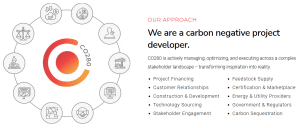
The carbon capture startup is using the oil industry’s carbon capture and storage (CCS) technology. By focusing on transparency, CO280 ensures that businesses can make measurable progress toward sustainability while adhering to global standards.
With a blend of data-driven solutions and strategic partnerships, CO280 is shaping the future of the voluntary carbon market, making it a vital ally for organizations seeking actionable climate impact.
CREW Carbon: Redefining Wastewater Management
CREW Carbon is at the forefront of climate innovation with its cutting-edge technology that enhances wastewater treatment while capturing greenhouse gases permanently using limestone. The company’s systems transform the environmental impact of wastewater management, making the process safer and more efficient.
By integrating advanced carbon removal solutions, the startup addresses two critical challenges simultaneously:
- Reducing emissions from wastewater and
- Preventing harmful gases from entering the atmosphere.
The image shows how the company’s technology seamlessly integrates into wastewater treatment.
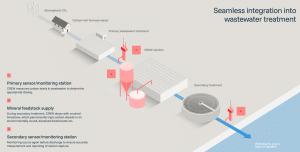
The carbon capture startup also supports projects focused on reforestation, clean energy, and carbon removal, ensuring each initiative meets rigorous sustainability standards. The company prioritizes accessibility and transparency, simplifying the carbon offset process with tools and education for users at all levels.
Beyond the Target: A Broader Vision for Carbon Markets
Frontier plays a crucial role in shaping the future carbon credit market by supporting these innovative removal companies. It helps startups raise additional funds through purchase commitments, enabling large-scale deployment.
With backing from major companies like Stripe, Alphabet, and Shopify, Frontier drives innovation that aligns with global decarbonization targets, aiming for 1,500 GW of storage capacity by 2030.
Initiatives like Frontier show how private-sector collaboration can transform carbon removal into a cornerstone of the global energy transition. It offers opportunities for both buyers and suppliers to participate in accelerating carbon removal technologies. Buyers can join the commitment to create demand, while suppliers can apply to have their technologies evaluated and potentially funded.
By fostering collaboration between credit buyers and suppliers, Frontier aims to drive innovation and scale in the carbon removal industry, contributing to global efforts to mitigate climate change.

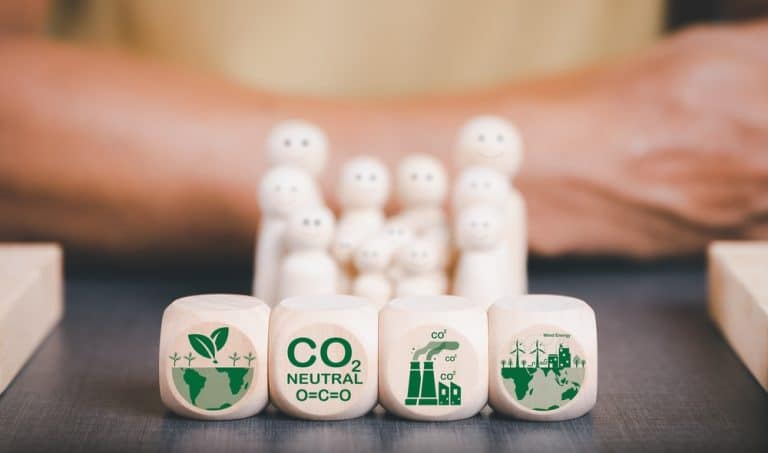
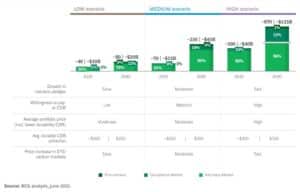

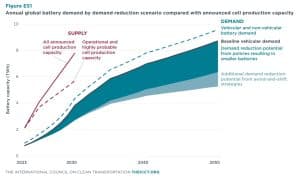
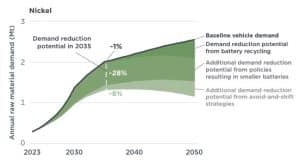
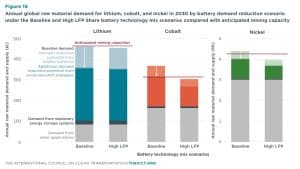
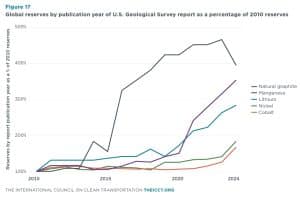



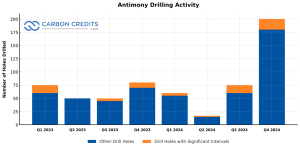

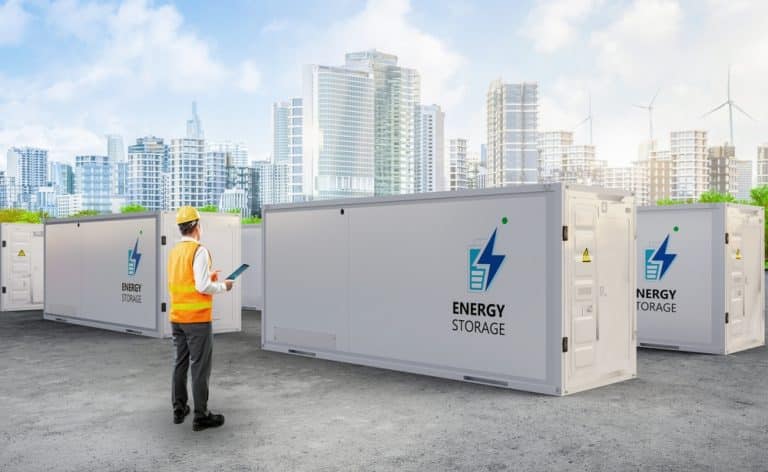
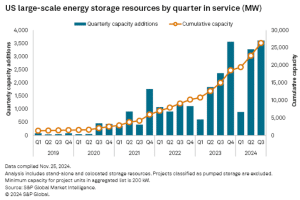
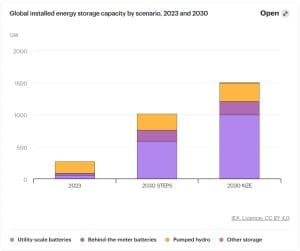
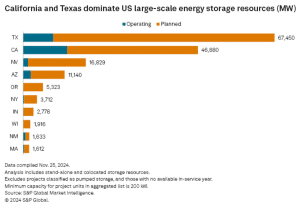
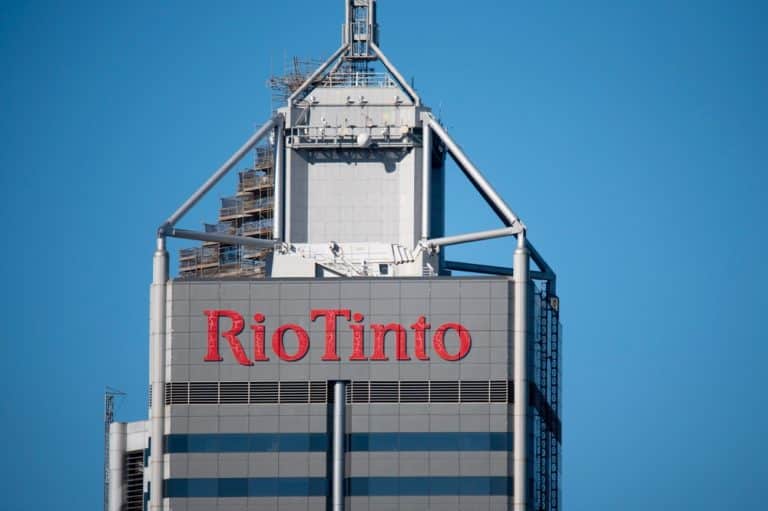
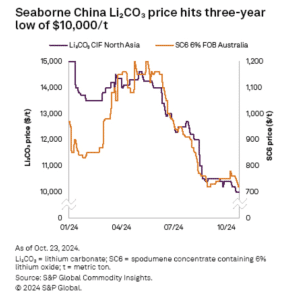
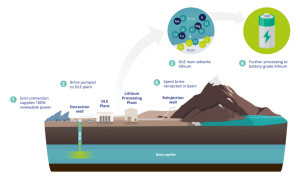
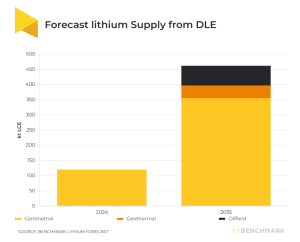



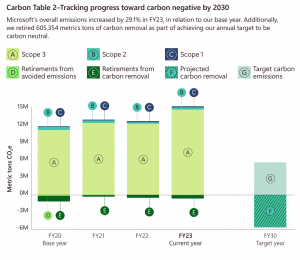


 Source: ICAO
Source: ICAO

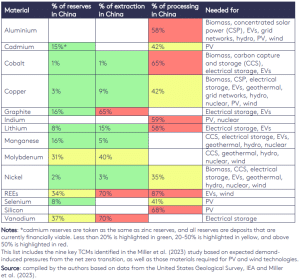
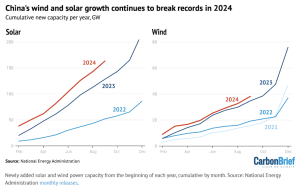
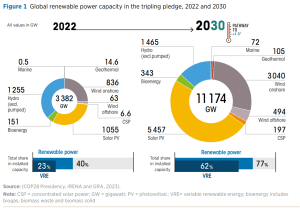
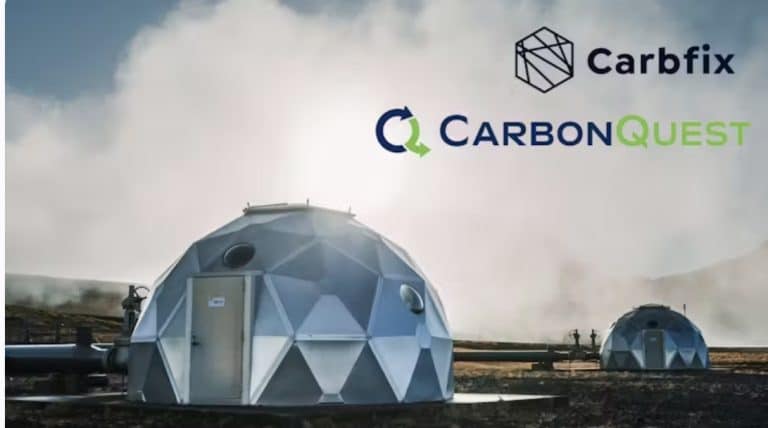
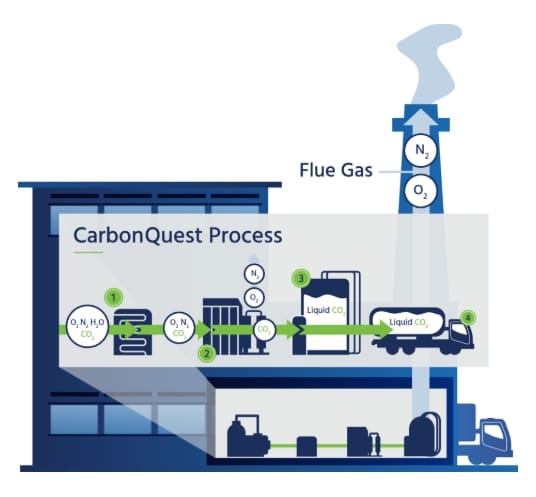 Source: CarbonQuest
Source: CarbonQuest Source: Carbfix
Source: Carbfix
